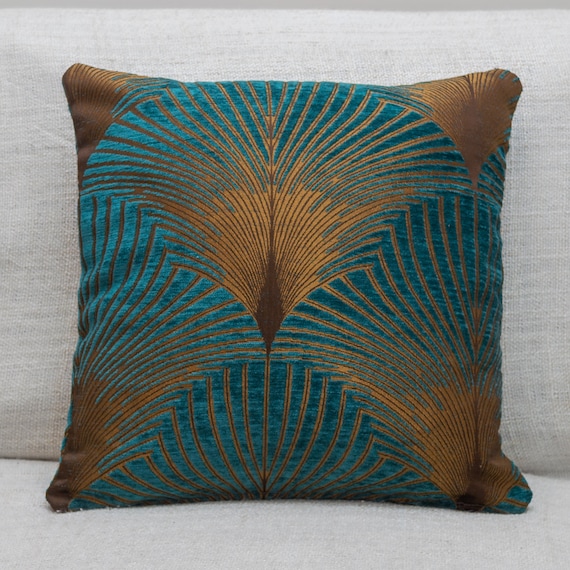Top Guidelines Of Unique Art
Wiki Article
Unique Art Things To Know Before You Buy
Table of ContentsThings about Unique ArtUnique Art - An OverviewTop Guidelines Of Unique ArtOur Unique Art PDFs
While one might question which art form holds priority, the reality continues to be that each of these 7 forms gives an one-of-a-kind home window right into human background, culture, and advancement. They are the tapestries that chronicle our trip, reminding us of our past while inspiring visions for the future.Great artwork tells a story, makes individuals look twice, and develops a distinct experience that can't be matched. Art and pictures connect every one of that with shade, form and various other design aspects. Find out exactly how to make your unique art work attract attention from the crowd.
3 Emil DervishIn this entranceway by Emil Dervish that gorgeous cobalt blue door swipes the show. To bring much more drama, he expanded the paint. to the doorframe and the wall surface up, finishing in an arched form. The curves, in addition to a spherical sconce, soften the edges - Unique Art. Frames classic posters and maps of cherished areas established the scene.
8 TRIA GIOVANEqual components grand and laidback, this foyer created by Anthony Baratta is the perfect blueprint to comply with if you're enhancing an official entrance that still really feels unfussy and comfortable. Patterned fabrics take spotlight (see the carpets and the couch), however they additionally assist bring the high ceilings down to a human scale when hung over wallpaper.
See This Report about Unique Art
18 Heidi Caillier DesignA gallery wall surface does not need to take up the whole area. Sometimes a small one can make a larger style declaration. In this living room, Hiedi Caillier chose for micro-mini frames and an arbitrary composition.The elements of this languageits forms, lines, colours, tones, and texturesare used in different ways to generate feelings of quantity, room, motion, and light on a flat surface area. These elements are incorporated right into expressive patterns in order to stand for real or superordinary phenomena, to translate a narrative theme, or to create entirely abstract aesthetic partnerships.
Later the idea of the "fine musician" created in Asia and Renaissance Europe. Noticeable painters were afforded the social standing of scholars and courtiers; they authorized their work, chose its style and commonly its subject and imagery, and developed a much more personalif not constantly amicablerelationship with their clients. Throughout the 19th century painters in Western societies started to lose their social position and safe patronage.
The smart Trick of Unique Art That Nobody is Discussing
Others made about his a revenue through touring events of their work. The demand to appeal to a market had replaced the similar (if much less impersonal) needs of patronage, and its result on the art itself was probably similar. Normally, artists in the 20th century could get to an audience just via commercial galleries and public galleries, although their work may have been periodically replicated in art regularsFor the background of paint in ancient Egypt, see Egyptian art and style. The growth of painting in different areas is treated in a variety of write-ups: Western painting; African art; Main Oriental arts; Chinese paint; Islamic arts; Japanese art; Korean art; Native American art; Oceanic art and design; South Eastern arts; Southeast Asian arts. It is the feeling of certainty in this official organization that offers an excellent paint its self-sufficiency and presence. The colours and positioning of the principal images in a layout might be sometimes largely made a decision by representational and symbolic factors to consider. It is the official interplay of colours and forms that alone is capable of interacting a particular state of mind, generating optical experiences of room, quantity, motion, and light and developing forces of both consistency and tension, even when a painting's narrative meaning is odd.
Don't duplicate the design of other artists if you're searching for your design. Duplicating other individuals's art work can be excellent in academic objectives but it will certainly not make you closer to discovering your own special design. Your imaginative design needs to be, what you such as and what inspires you.

Unique Art Can Be Fun For Everyone
You need to attempt lots of different choices and check out whatever prior to you can focus on one certain design or you'll be tired, or even worse, you could check here you'll hate your own style. So I recommend you to attempt every solitary subject that you're interested in, check out as long as you can. Try different mediums that thrill you and brand-new techniques you've never ever tried prior to.With time you'll be able to sort all of them into your favorite and the very least preferred groups. Try to focus your interest on the subjects and mediums that you like and before you see it check it out coming you'll have your very own individual and special style, like no person else have! In the end you'll have a few favored subjects to repaint and maybe a couple of preferred tools.

Report this wiki page